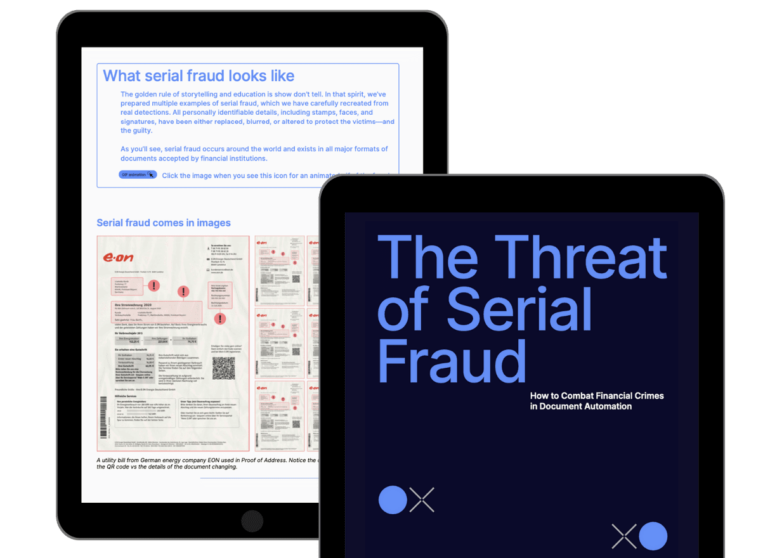Much has been made about the advances in document automation that has led to efficiencies in many areas of fintech. But the fraudsters also have access to this same technology.
It is automation and the scale it makes possible that sets serial fraud apart. It is defined as industrial (re)production and distribution of fraudulent documents via automation practices.
Criminals can leverage a legitimate document but create huge numbers of illegitimate copies with fake identities. These kinds of attacks can be prevented by only the most sophisticated fraud detection systems.
A new whitepaper from Fintech Nexus and Resistant.ai sheds light on this complex topic. Here are some of the discussion points:
- The challenges that serial fraud creates for financial institutions and actionable steps that these organizations can take to safeguard their systems
- Document formats accepted by financial institutions in which serial fraud occurs around the world
- The two main types of serial fraud perpetrators as well as the digital technologies and document sourcing methods that these criminals typically make use of
- How Resistant AI uses document fraud detection techniques to stop serial fraud
Fraud detection was one of the hottest topics of 2023 and it is likely to be the same in 2024. We are in a new age of fraud. What started as undetectable fraud through digitization now sees industrial-scale reproduction and distribution via automation in serial fraud. Criminals exploit remote operations under fake identities, evading in-person risks.
Learn how the digital shift of documentation brings opportunities for rapid customer onboarding but also unprecedented risks of onboarding fraud.
You can download this whitepaper here.


